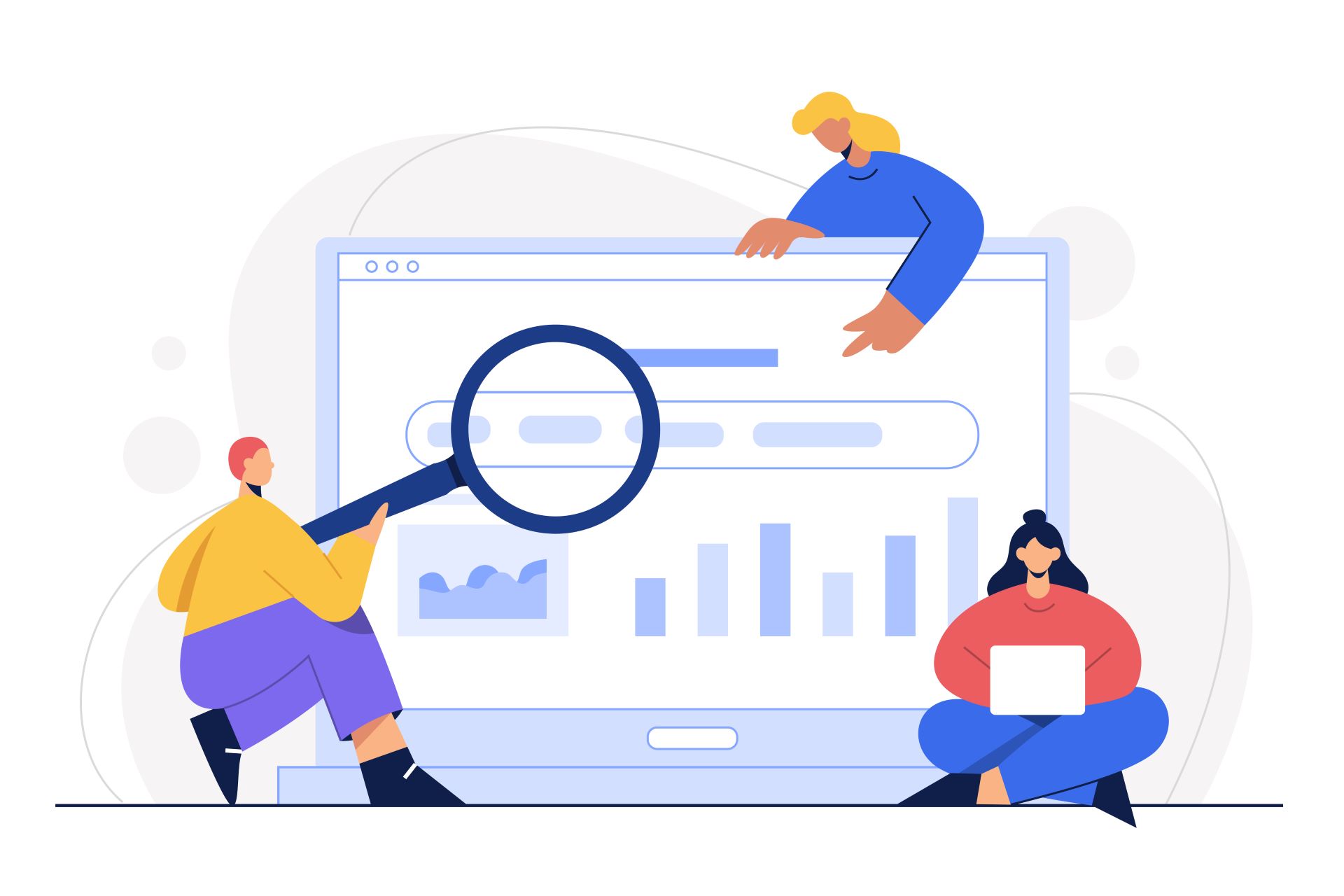In the world of search engine optimization (SEO), understanding search intent has become crucial for achieving higher rankings and attracting relevant organic traffic. Search intent refers to the underlying purpose or goal behind a user’s search query. By scraping Google Search Engine Results Pages (SERPs) and analyzing the data, website owners and SEO professionals can gain valuable insights into search intent and optimize their content accordingly. In this article, we will explore the process of scraping Google SERPs to optimize for search intent.
Why is Search Intent Important?
Search engines like Google have evolved to provide users with the most relevant and helpful results based on their search queries. Understanding search intent allows website owners to align their content with what users are looking for, increasing the chances of ranking higher and attracting quality organic traffic.
Optimizing for search intent helps in several ways:
- Higher rankings: When your content satisfies the user’s search intent, search engines are more likely to rank it higher in the SERPs, increasing visibility and organic traffic.
- Improved click-through rates: By aligning your content with search intent, you increase the likelihood of attracting users who are genuinely interested in your offerings, resulting in higher click-through rates.
- Enhanced user experience: Meeting search intent leads to better user experience, as users find the information they are looking for quickly and easily. This can improve engagement metrics such as time on site and reduce bounce rates.
Scraping Google SERPs for Search Intent Insights
Scraping Google SERPs allows you to gather data on the search results for specific keywords and understand how search intent is reflected in those results. Here’s a step-by-step guide to scraping Google SERPs for search intent insights:
Step 1: Identify target keywords: Start by identifying the keywords you want to optimize your content for. These should be relevant to your website and reflect the intent of your target audience.
Step 2: Choose a scraping tool: There are various scraping tools available that can help you extract data from Google SERPs. Some popular options include Scrapy, BeautifulSoup, and Selenium. Select a tool that suits your requirements and technical expertise.
Step 3: Set up your scraping tool: Install the chosen tool and configure it to scrape Google SERPs. Make sure to set appropriate parameters to gather the desired data, such as the title, URL, meta description, and any other relevant information.
Step 4: Scrape the SERPs: Run your scraping tool with the target keywords as input and scrape the SERPs for each keyword. Ensure that you comply with Google’s terms of service and avoid excessive scraping that may result in IP blocking or other penalties.
Step 5: Analyze the data: Once you have scraped the SERPs, analyze the data to gain insights into search intent. Look for patterns in the titles, descriptions, and URLs of the top-ranking pages. Note any common themes or topics that emerge.
Step 6: Understand user intent: Based on the analysis of the scraped data, categorize the search intent behind each keyword. Common types of search intent include informational (seeking information), navigational (looking for a specific website), transactional (wanting to make a purchase), and commercial (researching products or services).
Step 7: Optimize your content: Armed with insights into search intent, optimize your content to align with what users are looking for. Adjust your titles, meta descriptions, headings, and content to better address the identified search intent. Consider the format of the top-ranking pages, such as lists, guides, or videos, and tailor your content accordingly.
Step 8: Monitor and iterate: Continuously monitor your rankings and user engagement metrics to assess the impact of your optimization efforts. Refine your content further if necessary, based on user feedback and evolving search trends.
It’s important to note that scraping Google SERPs should be done responsibly and within legal and ethical boundaries. Be mindful of Google’s terms of service and respect their guidelines to avoid any penalties or legal issues.
Conclusion
Scraping Google SERPs to understand search intent provides valuable insights that can help you optimize your content for higher rankings and increased organic traffic. By aligning your content with what users are looking for, you enhance the user experience, attract more relevant visitors, and improve your overall SEO performance. Remember to use scraping tools responsibly and always stay up to date with Google’s guidelines to ensure a successful and compliant optimization strategy.








